Description
Digitalis Foxglove Foxy Mixed Colors
Digitalis Foxglove Foxy Mixed Colors A stunning mixed variety producing attractive tall 26-30″ spikes of white,yellow, cream, lavender, rose and red with marbled markings from the first year if sown early (regular foxgloves are biennual). Prefers sun to part shade.
Cultivation Advice
- Choose a site with well-drained soil that receives partial to full shade. Foxglove Foxy Mixed Colors thrives in woodland settings or gardens with dappled sunlight.
- Ensure the soil is rich, moist, and well-draining. Amend heavy soils with organic matter like compost to improve drainage.
- Plant foxglove seeds in early spring or late summer. Foxglove Foxy Mixed Colors is typically grown from seeds.
- Sow seeds on the soil surface, pressing them lightly into the soil. Foxglove seeds require light for germination.
- Keep the soil consistently moist until germination occurs. Thin seedlings to maintain proper spacing once they have a few leaves.
- Apply a layer of mulch around the base of the plants to retain soil moisture and suppress weeds.
- Provide regular watering, especially during dry spells. Foxgloves prefer consistently moist soil.
- Foxgloves generally don’t require heavy fertilization. A balanced, slow-release fertilizer in spring may be sufficient.
- Tall foxglove varieties may benefit from staking to prevent bending or breaking of flower spikes. Assess the need for staking as the plants grow.
- Deadhead spent flowers to encourage continuous blooming and prevent self-seeding, as foxgloves can become invasive in some regions.
- After flowering, cut back the entire flower spike to encourage a second flush of blooms and maintain a neat appearance.
- Divide mature clumps every few years in early spring or fall to rejuvenate the plants and promote better flowering.
- Watch for pests like aphids and snails. Treat promptly with insecticidal soap or other appropriate controls.
- Foxgloves are susceptible to rust and other fungal diseases. Ensure good air circulation and consider fungicide applications if needed.
- Pair Foxglove Foxy Mixed Colors with shade-loving companions like ferns, hostas, or bleeding hearts for a diverse and visually appealing garden.
- Foxgloves attract bees and hummingbirds. Consider them for pollinator-friendly garden designs.
- Keep in mind that foxgloves are toxic if ingested. Exercise caution and avoid planting them in areas accessible to pets and children.
- Mulch around the base of the plants in late fall to provide some winter protection in colder climates.
- Use Foxglove Foxy Mixed Colors along garden borders or as a backdrop for shorter plants to create visual interest.
- Allow Foxglove Foxy Mixed Colors to naturalize in shaded areas, creating a stunning display over the years.
- Cut Foxglove Foxy Mixed Colors flowers for elegant indoor arrangements, but be cautious about their toxicity.
- Plant Foxglove Foxy Mixed Colors in areas with well-drained soil to prevent waterlogged conditions, which can lead to root rot.
- Appreciate the architectural beauty of Foxglove Foxy Mixed Colors flower spikes even after blooming, as they can add interest to the garden in late summer and fall.
- Plan your garden layout to create varying heights, placing Foxglove Foxy Mixed Colors at the back of borders to showcase their towering blooms.
- Understand that Foxglove Foxy Mixed Colors is a biennial, completing its life cycle in two years. Allow some plants to self-seed for a continuous display.
- Include Foxglove Foxy Mixed Colors in rain gardens, taking advantage of their moisture-loving nature.
- Consider overwintering Foxglove Foxy Mixed Colors indoors in containers in colder climates, providing protection from harsh winter conditions.
- By incorporating these additional tips, you can enhance the success and beauty of Digitalis Foxglove Foxy Mixed Colors in your garden. Adjustments can be made based on your specific growing conditions and preferences.


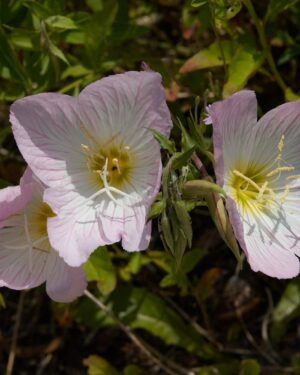

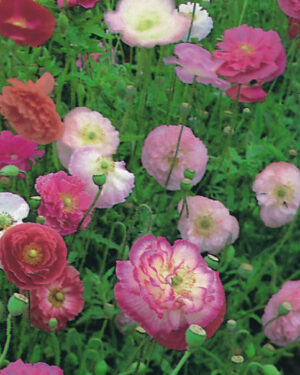
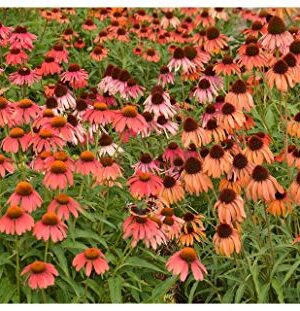
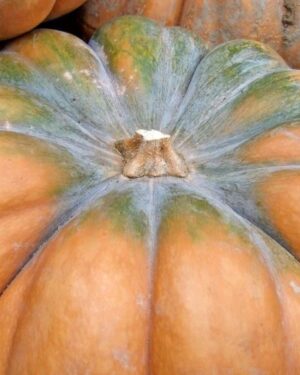
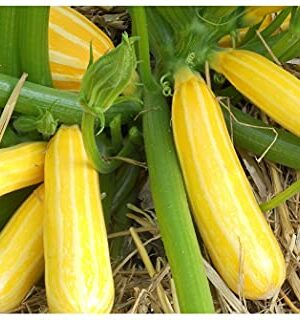

Reviews
There are no reviews yet.